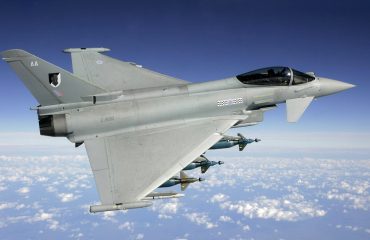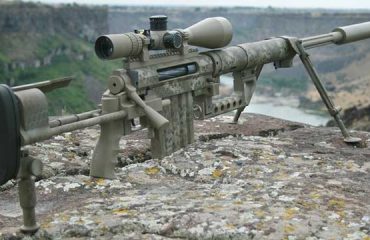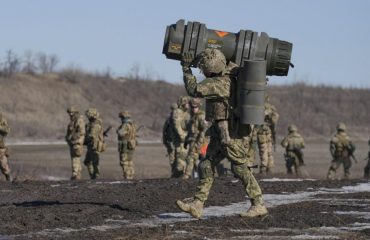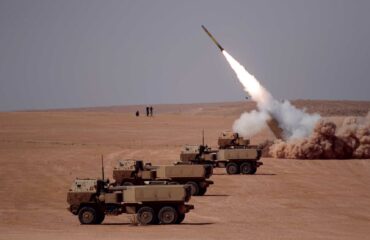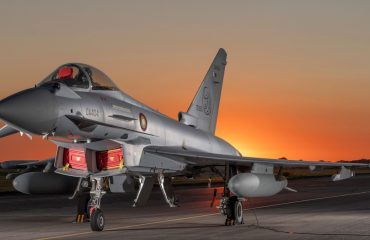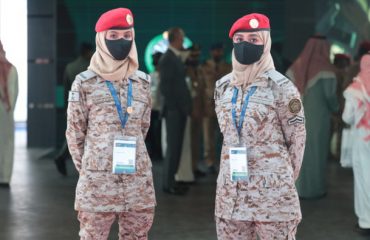Rostec’s New ‘Checkmate’ Promo Video Also Features Unmanned Variant Of Russia’s New Light Tactical Fighter

A new interesting clip, released for the presentation of the “Checkmate” 5th generation light tactical aircraft at Dubai Airshow 2021, teases the unmanned version of Russia’s new stealth fighter.
As already reported in detail here, the Sukhoi “Checkmate“, Russia’s new 5th generation fighter aircraft design, made its public debut at MAKS 2021 airshow in Zhukovsky, near Moscow in July 2021. The official unveiling was preceded by an ad teasing the jet, also pointing to the export profile of the design, suggesting UAE, India, Vietnam and Argentina might be potential customers of the new stealth fighter.
The aircraft unveiled at MAKS was a mock up, “better done and certainly more realistic than many we have seen in the past, but certainly not a prototype yet,” we commented back then, however, many interesting details about the development of the “Checkmate” emerged from the media hype the followed the presentation: the lightweight single-engine fighter, possibly designated Su-75 (based on the registration and bort number) is said to be stealth; to embed artificial intelligence; to be able to operate in a networked environment; to carry supercomputer technologies along with AESA radar as well as a wide array of weapons.
“The maximum combat load of the Cheсkmate is 7,400 kilograms, the flight range without external fuel tanks is 2,900 kilometers at speeds up to Mach 1.8, which is one of the best indicators in its class,” says UAC website. “In an inconspicuous configuration, the fighter is capable of carrying up to five air-to-air missiles, effectively fighting a numerically superior enemy, and detecting and destroying fifth-generation aircraft in long-range and close combat. Cannon containers can be placed in the inner compartments of the aviation complex to destroy ground targets”
More detail about the “Checkmate” are being disclosed these days, as the Russian fighter takes part to its first foreign airshow: Dubai Airshow 2021.
“The first flight of the fifth-generation fighter Checkmate is planned for 2023, serial production — in 2026,” Yury Slyusar, the general director of the Russian United Aircraft Corporation (UAC), said on Sunday. Meanwhile, simultaneous production of “several prototypes” has already been started by a plant in the city of Komsomolsk-on-Amur, in Russia’s Far East region, according to the official.
Interestingly, a new promotional video was also released by UAC as part of a pretty aggressive PR campaign that also included the launch of a signature perfume called, just like the jet, “Checkmate”.
Many interesting things can be noticed in the video where, the main character, the commander of the air force of a foreign state, talks about the advantages of the fifth generation aircraft and the philosophy of the project. You can also see a “Checkmate” flying low over some Western jets (F-16s and F-4s); flying in formation with F-15 and Su-27 Flanker; engaging an F-35 in air-to-air combat.
And, above all, there’s also a cameo of an unmanned variant of the 5th generation aircraft.
The development of an unmanned platform based on the Checkmate was already hinted by the Head of Rostec Chemezov last summer: “LTS Checkmate is a combat system of the future. On the basis of a single aviation platform, it is also possible to create an unmanned version of this aircraft,” he said.
Russia’s State agency TASS had already released some renderings of the unmanned Checkmate, although the one featured in Rostec’s video is the first somehow official depiction of the remotely piloted aircraft.
According to the details that have been released so far, the Checkmate is also going to be networked with UAVs (Unmanned Aerial Vehicles). To that respect the Checkmate could leverage the work conducted with the Su-57 that is being integrated with the S-70 Okhotnik-B (or “Hunter-B”) UCAV (Unmanned Combat Aerial Vehicle): depending on the level of commonality between the Su-75 and the Su-57, the manned-unmanned teaming (MUM/T) segment could be much easier to develop considered the main issues with datalinks and interfaces should be addressed as part of the testing done with the Felon.





